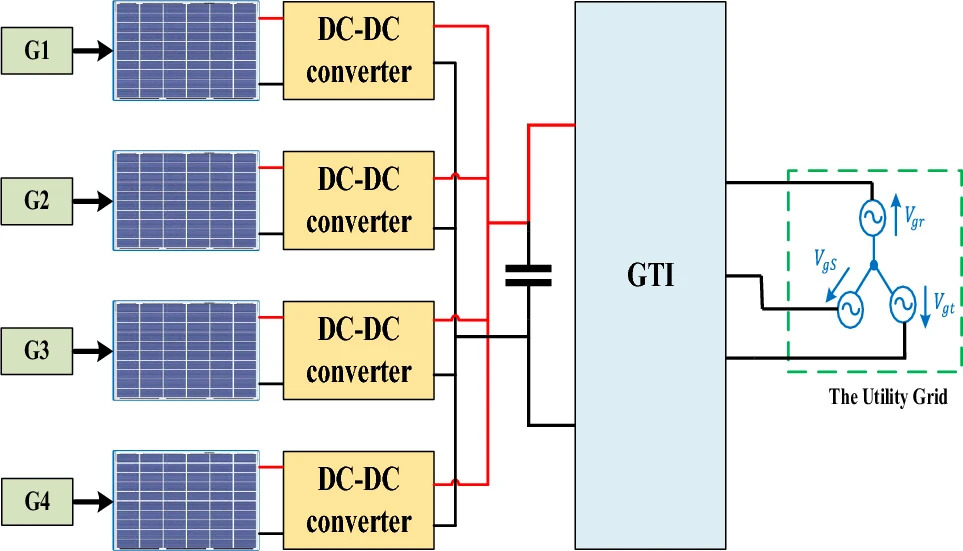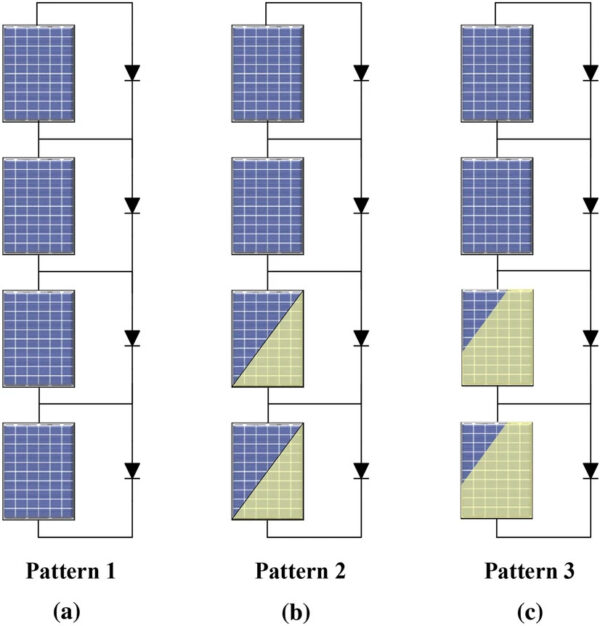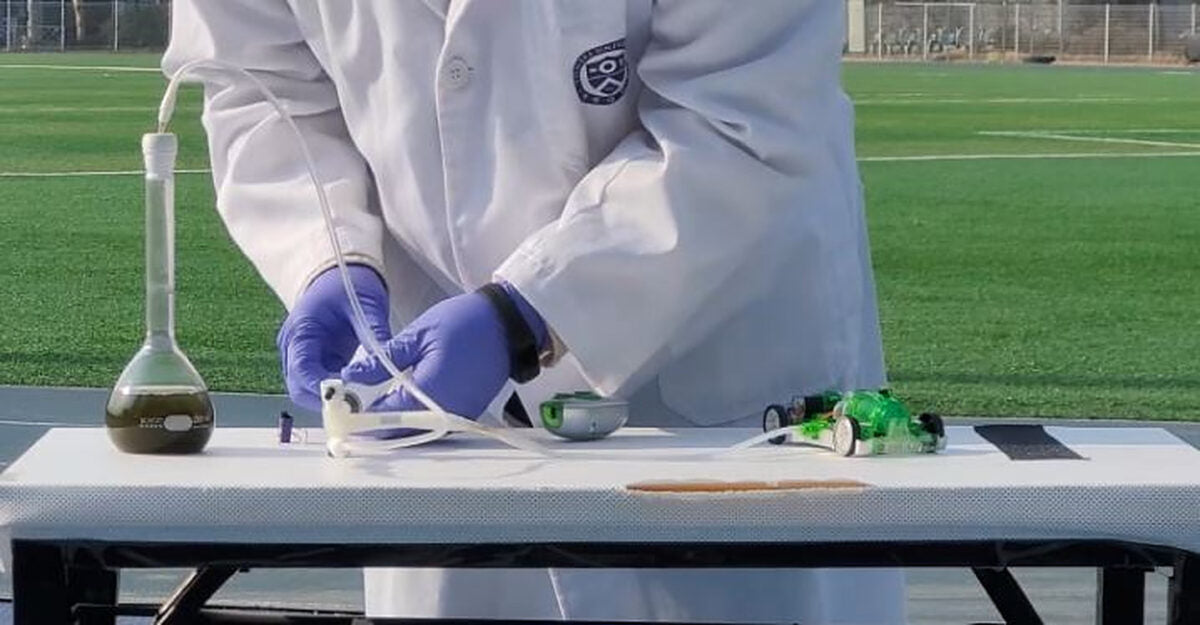https://www.pv-magazine.com/2023/11/16/new-mppt-approach-for-multi-string-pv-systems-under-partial-shading/
New MPPT approach for multi-string PV systems under partial shading

MMPPT approach
Image: South Valley University, Scientific Reports, Creative Commons License CC BY 4.0
Researchers at Egypt's South Valley University have developed a novel control strategy to deal with partial shading in PV systems. The new approach uses a multi-string PV system with a converter control strategy that utilizes a direct duty cycle to track the maximum power point (MPP) under shade.
“This study proposes a reconfiguration of the PV system to suppress the negative impact of partial shading on the PV-system performance by dividing the PV system into multiple parallel strings,” the scientists explained. “In this work, the proposed system comprises four strings, with each string comprising three paralleled sub-strings.”

Image: South Valley University, Scientific Reports, CC BY 4.0 DEED
The researchers presented the results of the comparison between the MMPPT and the SMPPT system in “Investigation of single and multiple MPPT structures of solar PV‑system under partial shading conditions considering direct duty‑cycle controller,” which was recently published in Scientific Reports. The systems were simulated in MATLAB/SIMULINK software, under three shade conditions.
All four PV strings were subjected to uniform irradiance of 1,000 W/m2 in the first shading pattern. In the second pattern, however, the first two strings had a constant irradiation profile of 1,000 W/m2, while the other two had a uniform irradiance profile of 1,000 W/m2 for half a second, and then stepped down to 500 W/m2 for another half a second.
In the third pattern, the first two strings were again under a uniform irradiance profile of 1,000 W/m2, while the remaining two started with 1000 W/m2 for 0.3 seconds, changed to 500 W/m2 for another 0.3 seconds and decreased to 250 w/m2 for 0.4 seconds.
“Under these conditions, the average efficiency of the SMPPT system is found to be 98.98%, while the MMPPT system achieves an efficiency of 99.81%. These findings validate the proposed approach,” the researchers concluded. “A real radiation dataset from Benban, a location in southern Egypt, is used in MMPPT configuration. The results demonstrate that the proposed control system enhances overall system effectiveness while reducing installation costs.”
This content is protected by copyright and may not be reused. If you want to cooperate with us and would like to reuse some of our content, please contact: editors@pv-magazine.com.



